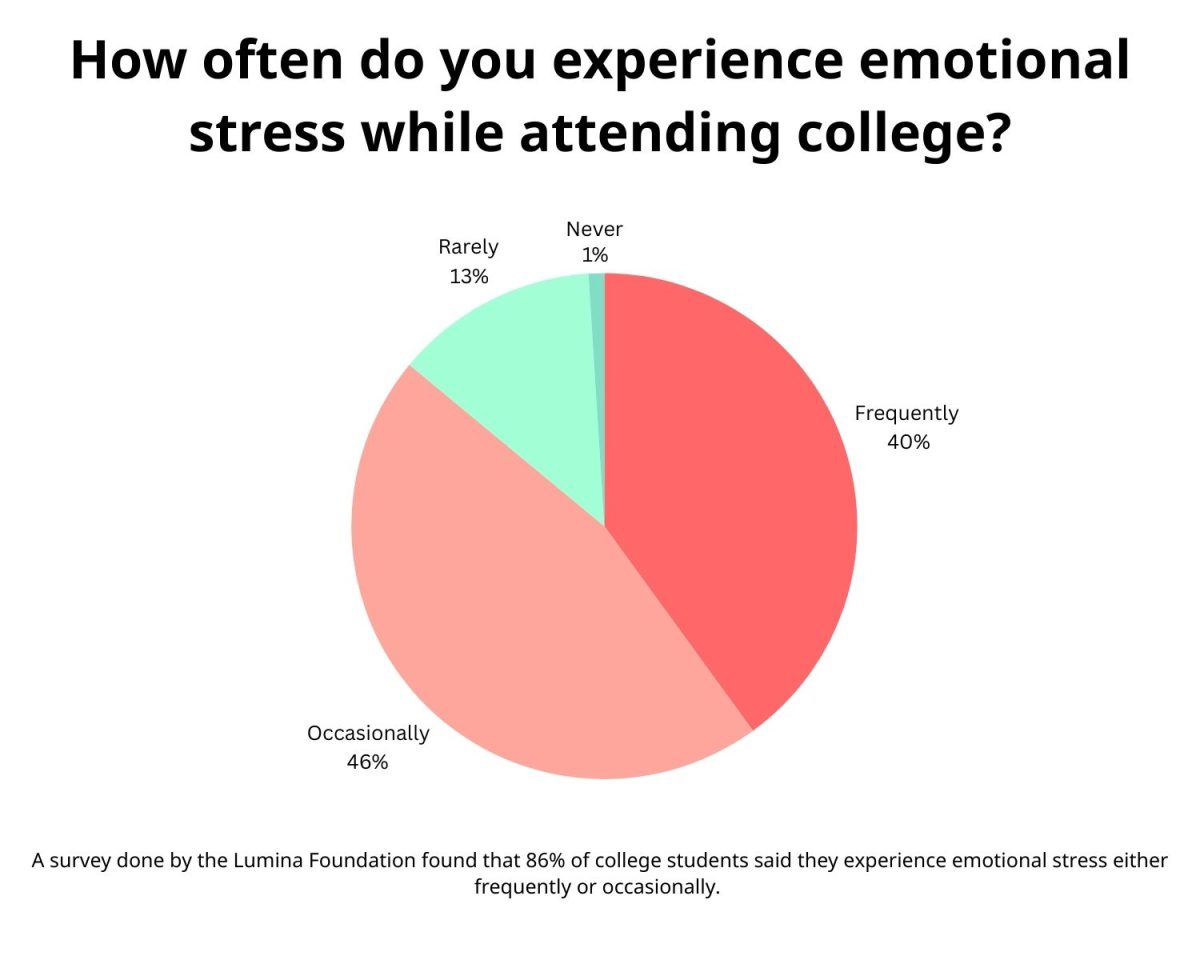I was riding the bus transit recently at Mississippi State University, when I decided to look upon the faces that were surrounding me in which were either glued to a screen, appeared overwhelmingly tired or attempted to keep beat with a seemingly catchy tune. It is typical as a college student and daily passenger to notice others that I find more relatable. Then, I noticed someone who I usually don’t consider relatable: the bus driver. He probably sees the same faces day in and day out, but continues to keep to himself just like the rest of the passengers. The thought processes that led these people surrounding me to remain unsocial or indifferent to their surroundings intrigued me. Their actions attracted me more so, because if my own anxiety and depression personally limits me from participating in social activities occasionally, that doesn’t mean someone else isn’t fighting a similar battle, if not one to a greater degree.
A mental illness is a condition that impacts a person’s thinking, feeling or mood and may affect his or her ability to relate to others and function on a daily basis, according to the National Alliance with Mental Illness. NAMI also says one in five adults experiences a mental health condition every year. In fact, the World Health Organization says an estimated 350 million people, five percent of the global population, are affected by depression. In the United States alone, the loss of productivity due to depression is 31 billion dollars. Depression may be known as the common cold amongst the mental health profession, however, it doesn’t negate the fact that so many people are suffering from a mental illness to cause quite a statistic. Other disorders are just as common, and often diagnosed with another. My textbook, “Abnormal Psychology: Sixteenth Edition,” explained that 70 percent of people who are diagnosed with general anxiety disorders experience some other type of mood disorder and 50 percent of them develop another anxiety disorder. 66 percent of people diagnosed with obsessive compulsive disorder have a diagnosis for another disorder. This means not only is mental illness common, but a dual diagnosis isn’t uncommon and can lead many to fight multiple battles in one big war of mental illness.
After realizing the prevalence of mental illness in an everyday setting, viewing the numerous faces on the bus as a whole became a lot more relatable when I imagined the bus driver and other riders with an impairment or struggle of their own, even if only temporary. Although having a mental illness is synonymous with an abnormality, it isn’t as abnormal in our culture as it previously was. MSU’s counseling service understands the magnitude of this situation, how it can be draining on the individual, student body and community as a whole, and can be reached at (662) 325-2091 at any time. This isn’t to say we should imagine every person we encounter as someone with a struggle, but to be aware that no one is immune to the hardships life can bring our way and to be considerate of that when approaching anyone on a day to day basis.





